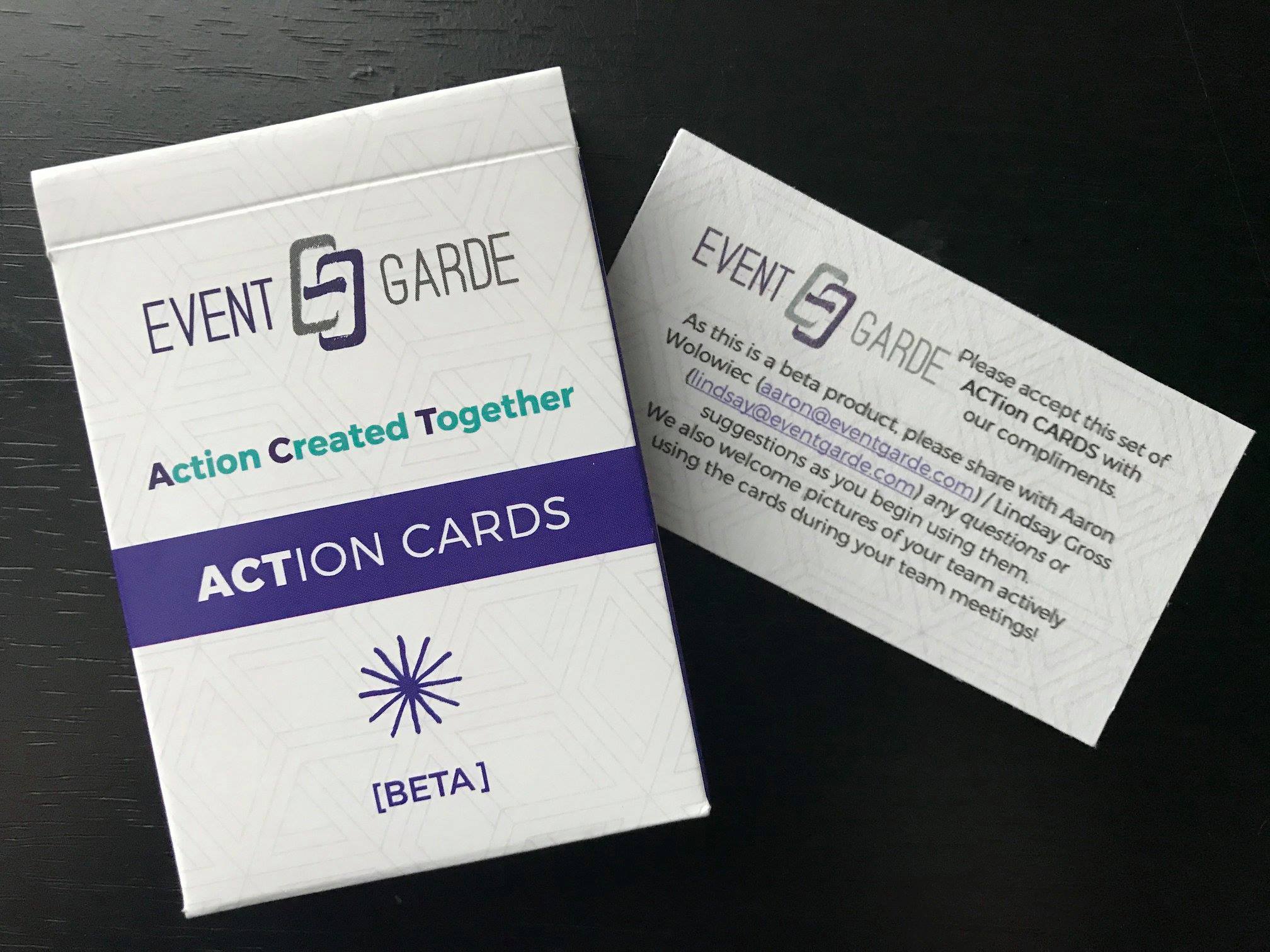We all probably have examples of meetings or discussions that have gone awry – either as a participant or as a facilitator. People often get stuck in their own positions and listen to respond rather than to understand. And it spirals from there. Before you know it, it becomes the "group discussion from hell."
Or maybe you’ve been involved in discussions that go in all directions and have no clear ending. You begin to notice heavy eyelids and heads bobbing. People are fixated on their watches, their phones, the door or any other avenue of escape.
If any of this sounds familiar to you, then the focused conversation method will take on added importance and value.
The focused conversation method is designed to help groups talk together. It’s intended to help groups move from the surface level – dealing with the observable data or facts of a situation – to a depth understanding so they can respond or take action.
 Based upon our work with the Technology of Participation – both as certified ToP facilitators and qualified trainers – Lindsay Gross and I have developed a colorful deck of ACTION CARDS to support the use and deployment of the focused conversation method in your meetings.
Based upon our work with the Technology of Participation – both as certified ToP facilitators and qualified trainers – Lindsay Gross and I have developed a colorful deck of ACTION CARDS to support the use and deployment of the focused conversation method in your meetings.
Following the incredibly simple instructions, and unknowingly leveraging the focused conversation approach, anyone can lead a group through the pre-populated discussion questions.
What results is:
- Recognition of / participation by all group members.
- Increased diversity of thought.
- A safe space for all to share their unique perspectives.
- Engagement of untapped team expertise.
- Fruitful conversation / identification of actionable next steps.
Short for Action Created Together, ACTION CARDS help teams have engaging discussion on identified topics, while identifying clear decisions and actionable/easily documented next steps.
Moreover, participants have fun, team-oriented discussion where all participants feel safe, engaged and accountable to the outcomes.
If you’re not yet familiar, the focused conversation method is based on a natural, four-step process that we all experience when receiving and processing new information.
- Each of us first processes information through our senses. As human beings, we are continually bombarded with data. We take in the data first through our senses, including what we see, hear, taste, touch and smell.
- As the data comes in, we begin to experience feelings and emotions. We may feel mad, glad, sad, anxious, bored, hopeful, surprised, confused, cautious or confident. Or the data may spark memories or associations with prior experiences. These memories or associations may be either positive or negative.
- Because we are conscious beings, we have the capacity to stand back from the data, stimuli, feelings and emotions. This is when our brains kick in. We have the capacity to think about and process what's really going on. We get ideas and insights, and new concepts are formed. We are able to interpret:
- What is meaningful?
- What has value?
- What is significant?
- And once we have done all that, we can finally decide a course of action. We can make choices; we can form a response; or we can make a decision.
For more information about these ACTION CARDS and how to use them, please check out this brief instructional video:
To improve the quality and outcomes of your meetings, get your hands on a set of ACTION CARDS.


